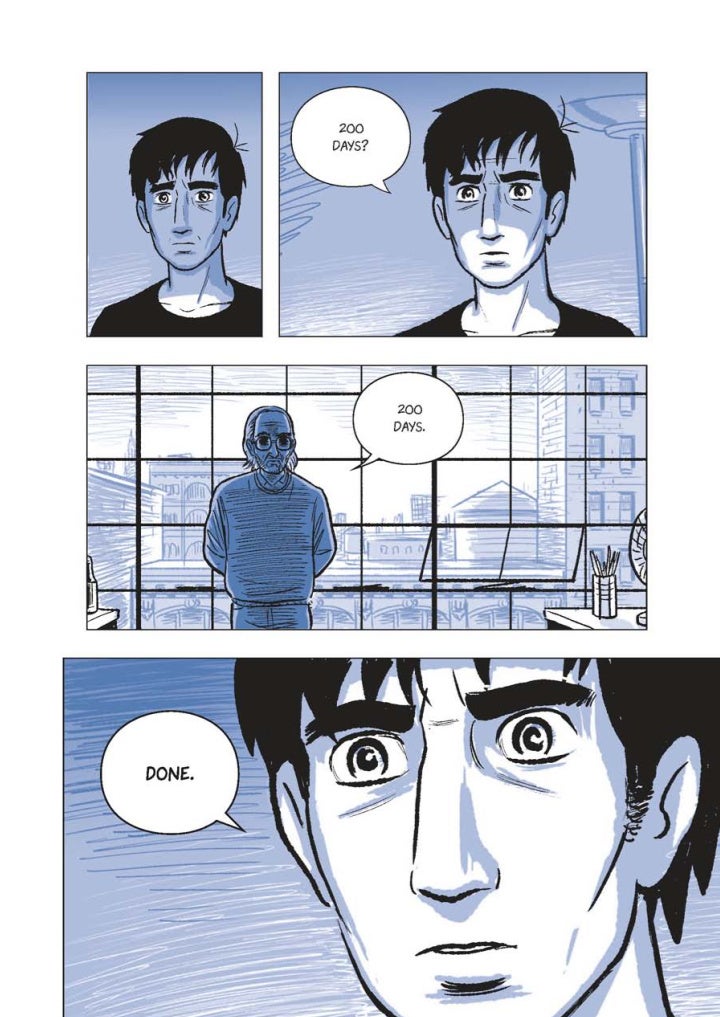
I was still awed by the finely detailed backgrounds, the panel layouts, the deep perspectives, but its world and characters enamored me so much, I couldn’t turn the page fast enough to see what happens next. I recognized his moment-to-moment paneling, character pauses, the fantastic use of perspective or depth, and even colouring choices.īut as I continued reading The Sculptor, its engrossing story pushed the analytical part of my brain to the background. If an Understanding Comics checklist existed, you could check off each of McCloud’s points while reading The Sculptor. It’s impossible to read The Sculptor without considering his comic essays. He calls it a young man’s story told by an older man.

That said, he held onto the idea for years before. Completing it took McLeod 5 years and at least 5 revisions. I’ve often wondered if that haunted him or whether it informed the creation of The Sculptor. He admitted that “Creating life on the page was something I think had largely eluded me.” (Nerdist 2015). His fictional work, like Zot! and a brief run on Superman Adventures, are well-regarded, but until recently, he didn’t have a literary graphic novel that matches his analytical classics. While he’s worked in the industry for decades, the recognition and accolades for his essays dwarfs his commercial work.

Scott McCloud is perhaps best-known for his trilogy of comic essays: Understanding Comics, Reinventing Comics, and Making Comics.

And don’t forget to see the end of the video where you can vote for which book or series I cover next!Īnd for those interested, here’s the full text of the essay that I wrote for the episode.


 0 kommentar(er)
0 kommentar(er)
